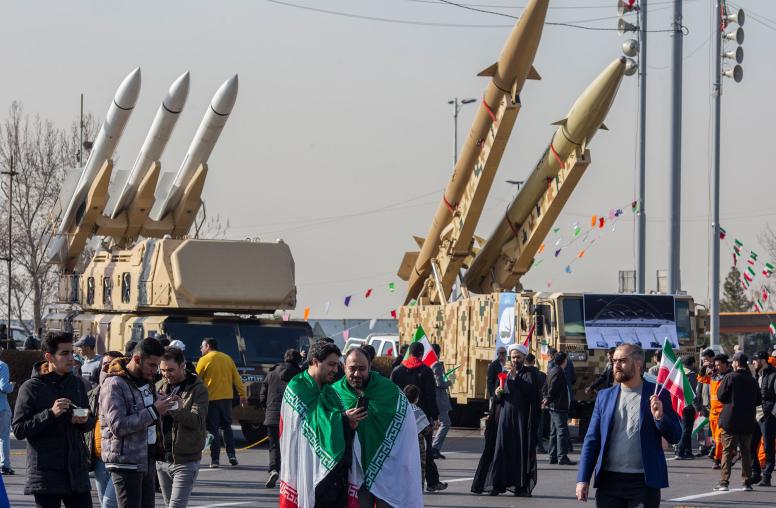Chinese President Xi Jinping’s recent four-point peace proposal to resolve the protracted conflict between Israel and the Palestinians represents only the latest initiative by the leadership in Beijing to help resolve major regional conflicts with global repercussions. China long has insisted that the Israeli-Palestinian rift is the linchpin for Middle East peace and has called for a resumption of the talks that collapsed in 2014. But other factors may be adding urgency to China’s overtures these days.
Xi extended his latest offer during a late July meeting with Palestinian Authority President Mahmoud Abbas in Beijing. In doing so, the Chinese leader noted that both sides in the conflict are important partners in his country’s multi-billion-dollar “Belt and Road Initiative” to build roads, ports, railways and other projects in tumultuous areas that many other investors avoid.
China has extended multiple mediation offers this year alone. In March, the Chinese government offered to mediate ongoing tensions between Saudi Arabia and Iran. But with Saudi Arabia cultivating new ties with the U.S. under the Trump presidency, leaders in Riyadh have not taken up the offer. While Tehran welcomed the Chinese effort, it also wants to lessen its dependence on China and strengthen ties with Europe.
Other cases in which Chinese officials offered to help have included rifts between India and Pakistan over Kashmir, and between Afghanistan and Pakistan, Djibouti and Eritrea, and Myanmar and Bangladesh. China also offered to help resolve the flare-up recently between a group of Persian Gulf states and Qatar.
While China has been concerned about conflict zones in the past and called for political solutions, its stepped-up diplomatic efforts now may be linked to its Belt and Road Initiative, as planned investments face exposure to major security and terrorist threats.
In addition, China has become more concerned about—and engaged in—issues of security in other countries, especially in areas where the United States is reducing its involvement. Chinese leaders shed their initial reluctance to get involved in Afghanistan’s security issues following the U.S. and NATO military drawdown in 2014, and joined the now dormant Quadrilateral Coordination Group, which aimed to bring the Taliban to the negotiating table.
But receptivity to Chinese mediation offers has been mixed. Weaker parties, such as Pakistan in its conflict with India, have welcomed foreign powers such as China intervening on their behalf. Other countries—such as Saudi Arabia, Israel, and India—generally resist foreign intervention.
China’s mediation efforts also have been relatively limited, mostly involving hosting or convening meetings—such as one between representatives of the Taliban and the Afghan government in 2015—rather than more firmly exerting influence on the parties to negotiate.
As a newcomer to international peacebuilding, China still lacks the capacity and, still sometimes, the willingness to take the steps required for effective mediation.
Nevertheless, the need to protect its economic investments, a desire to raise its international stature and a recognition of its responsibilities as a rising power create increasing impetus for China to adapt its long-held principle of non-interference in other countries’ domestic affairs to demonstrate leadership in international conflict resolution.



